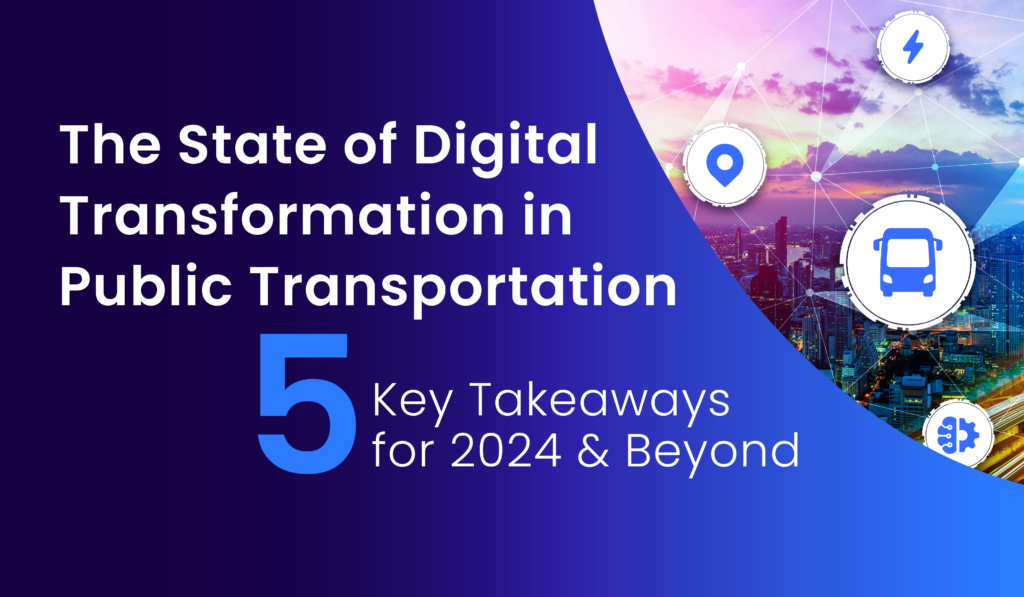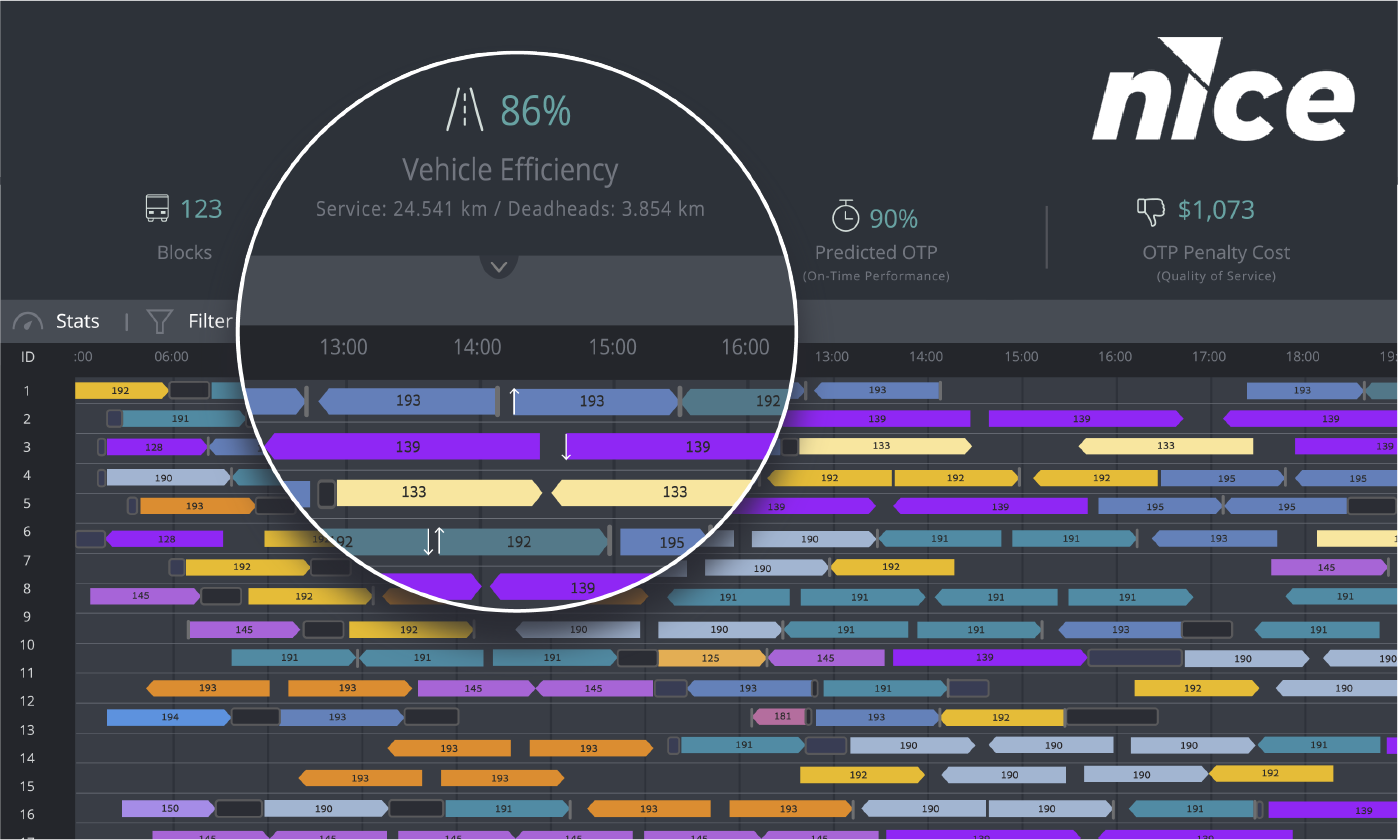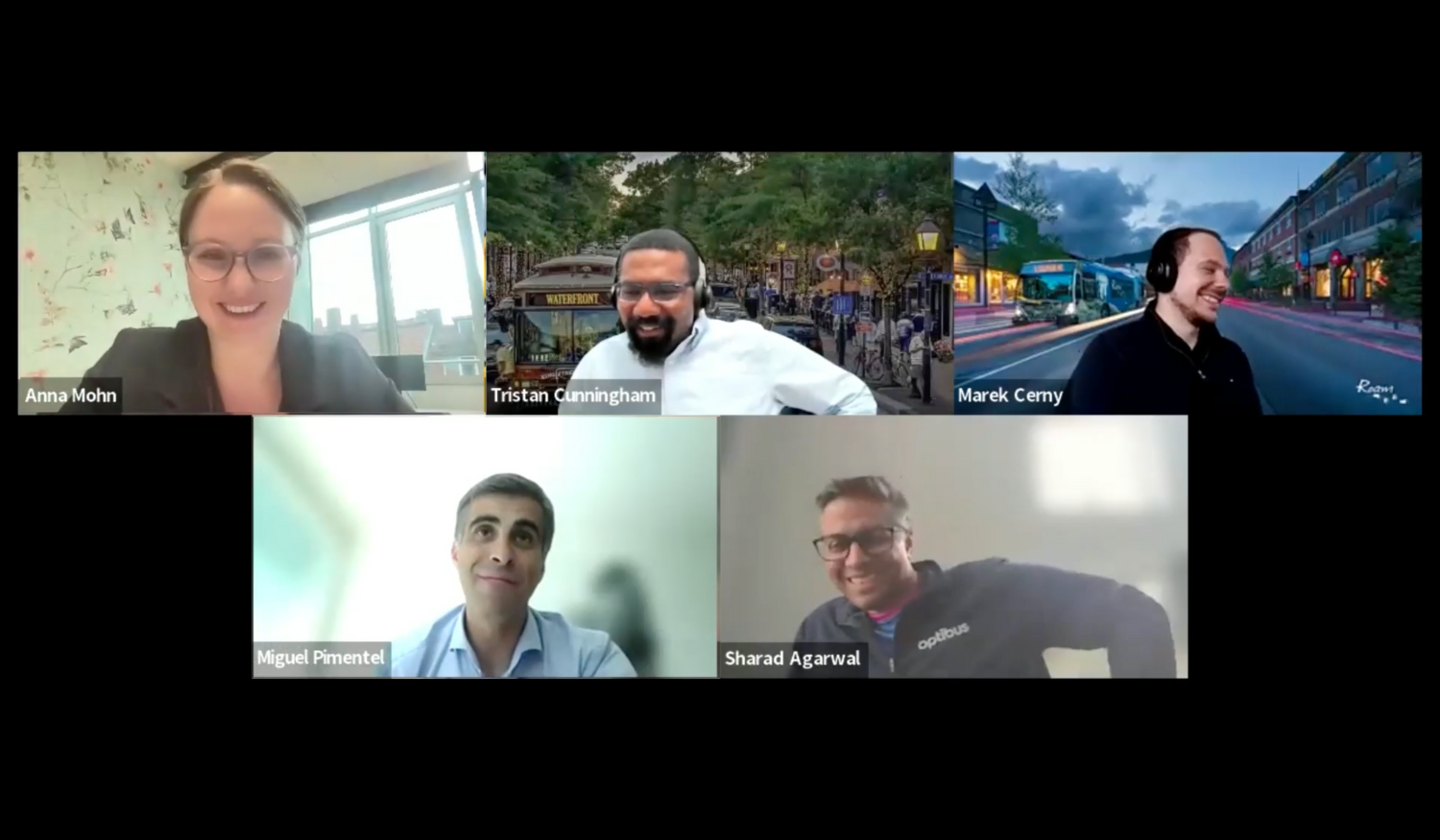Public transportation is an essential part of our daily lives. It connects communities, powers economies, and is a lifeline for many. However, the trust in public transportation has been wavering, especially in the wake of the global pandemic.
In our recent webinar, industry leaders Jameson Auten, CEO of Lane Transit District (LTD), Lorna Murphy, Operations & HR Director at Abellio London, Waiching Wong, Director of Customer Success NA at Optibus and Dave Joshua, GM EMEA at Optibus discussed how we can restore this trust and enhance the passenger experience.
Key takeaways were:
- Technology plays a crucial role in enhancing the passenger experience and restoring trust in public transportation.
- Understanding community needs is essential for aligning public transportation services effectively.
- The human element is still vital in public transportation, alongside technological advancements.

The Role of Technology in Public Transportation
Technology has become an integral part of our lives. It's no surprise that it plays a significant role in public transportation as well. From providing real-time updates to predictive maintenance, technology can significantly enhance the passenger experience and restore trust in public transportation. The Internet of Things (IoT), for instance, has proven to be of immense benefit. Its applications have made it possible for real-time tracking of vehicles, enabling passengers to view the movements of buses or trains they intend to take in real-time directly in an app.1
Jameson Auten, CEO of Lane Transit District (LTD), highlighted the importance of technology in public transportation during the webinar. He mentioned that technology could add value by providing information on vehicle arrival times, crowding on vehicles, and even proximity marketing.
"Technology can be a game-changer in public transportation," Jameson said. "It can provide passengers with real-time information, making their commute more predictable and convenient. This can significantly enhance the passenger experience and restore their trust in public transportation."
“Understanding the network is probably key. And that’s where technology can really help people,” added Lorna Murphy, operations and HR director for Abellio London, during the panel. “Especially if you’re not really using the network regularly, or you’re going somewhere you haven’t been before, that’s where technology can play a real part in helping people onto the network.”
.png?width=1200&height=627&name=Copy%20of%20E-Buses%20%20(1).png)
Understanding Community Needs
While technology can provide solutions, it's crucial to understand what our communities need. Both Jameson and Lorna emphasized the importance of aligning public transportation services with community needs. They suggested that public transportation systems should understand the key challenges of their communities and match their outcomes to those.
For instance, if there is a significant housing development happening in a community, public transportation should be ready to cater to the increased demand. This proactive approach can help in creating demand for public transportation services and ensuring that they are used effectively.
Jameson shared an example of how Lane Transit District is using technology to understand and cater to community needs. "We are using data analytics to understand the commuting patterns of our community. This helps us optimize our routes and schedules, ensuring that we are providing efficient and reliable service."

The Human Element in Public Transportation
Despite the increasing role of technology, the human element in public transportation cannot be overlooked. Lorna emphasized that human interaction is key, especially in a technology-reliant environment.
"Technology can provide us with valuable insights, but at the end of the day, it's the human element that makes public transportation work," Lorna said. "Delivering a service that people need when they need it is a challenge that needs to be addressed."
Jameson echoed Lorna's viewpoint, emphasizing that technology can make services more efficient and aid in decision-making: “I think there’s value in how technology can help make decisions,” he said. “But at the end of the day, it is humanistic. It boils down to, what’s the utility of the product or service that I’m using? And then how does technology help to make that return much bigger?”
Jameson recognized the value of technology in providing analytics and insights but highlighted that its effectiveness depends on the people operating and utilizing the services.
With that, the discussion touched on the importance of planners and schedulers who manage the complex public transportation system. They are the ones who can leverage the potential of new technologies while applying their expertise to optimize operations and enhance efficiency.
While technology plays a valuable role in public transportation, it is the human element, including human interaction and expertise, that ultimately determines its success. Finding a balance between technology and human involvement is crucial in delivering efficient and reliable services that meet people's needs.
.png?width=1200&height=627&name=Copy%20of%20E-Buses%20%20(2).png)
The Future of Public Transportation
Looking ahead, both Jameson and Lorna agreed that technology will play an increasingly significant role in public transportation. They pointed out that the future of public transportation is not just about moving people from point A to point B. It's about creating a service that caters to the needs of the community.
But it is also important to remember that new technologies always bring new challenges and often force us to rethink. This is particularly evident when we look at electric buses. For example, the Capital Area Transit System (CATS) in Baton Rouge, LA, has reaped cost savings from transitioning only a tenth of their fleet to electric vehicles, but faced challenges in finding staff experienced in EV maintenance. Consequently, the agency has focused on training new and existing automotive mechanic staff. This experience shows that while there are advantages to new technologies like electric buses, planning for them requires different decision-making than before. It's not as simple as replacing a diesel bus with an electric one. Agencies must consider factors like upfront costs, staff capabilities to operate and maintain the assets, battery range variability, and electricity rate structures. But when we consider all this, electric buses are a real benefit for our public transportation - and with their contribution to climate protection, they can also be a contribution to greater trust.2
The webinar showcased some ways in which technology can help rebuild trust in public transportation, but it's just the beginning. There is an abundance of untapped potential that technology can offer, and we are only scratching the surface. As we continue to explore the possibilities in public transportation, we will be able to create a service that not only facilitates movement from one place to another but also plays a crucial role in connecting communities and driving economic growth.
As Jameson summed up, "We're not just providing a service. We're playing a vital role in our communities."
Interested in watching the whole webinar? Check it out here!
Sources:
1 https://theiotmagazine.com/how-can-the-internet-of-things-iot-applicable-to-public-transport-68d5c52201ad
2 https://www.transportation.gov/urban-e-mobility-toolkit/e-mobility-benefits-and-challenges/transit-benefits-and-challenges

%20(800%20%C3%97%20480%20px).png)





